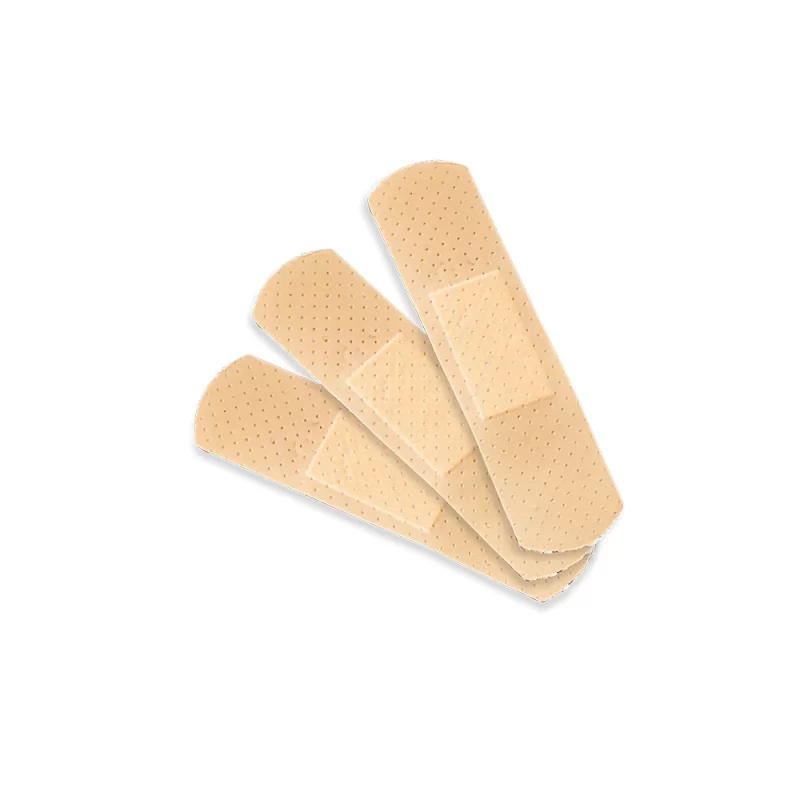In healthcare, some products stand the test of time, proving their effectiveness and reliability across generations. Fabric bandages are one such classic medical aid that has been a staple in first aid kits and hospitals for decades. Their versatility, comfort, and ability to promote healing have made them a timeless choice for treating minor cuts and wounds. In this blog, we’ll delve into the enduring appeal of fabric bandages and explore why they remain an essential part of wound care.
- Soft and Comfortable
One of the primary reasons for the popularity of fabric bandages is their soft and comfortable texture. Made from breathable materials like cotton or fabric blends, these bandages are gentle on the skin, reducing the risk of irritation or allergic reactions. The pliable nature of fabric bandages allows them to conform to the shape of the wound, providing a snug fit that protects the injured area without causing discomfort.
- Superior Absorption
Fabric bandages excel at absorbing wound exudate, which is crucial for maintaining a clean and moist wound healing environment. By drawing excess moisture away from the wound, fabric bandages promote faster healing and minimize the risk of infection. This absorption capacity makes them particularly effective for treating minor cuts, scrapes, and post-surgical incisions.
- Secure Adhesion
Fabric bandages typically come with adhesive strips on one side, ensuring a secure and long-lasting attachment to the skin. The adhesive properties keep the bandage in place even during physical activities, allowing the wound to heal undisturbed. Some fabric bandages feature reinforced edges, further enhancing their adhesion and preventing fraying.
- Versatile Sizes and Shapes
From small strips to large patches and various shapes, fabric bandages come in a wide range of sizes and designs. This versatility allows medical professionals and individuals to choose the most suitable bandage for the specific wound or injury. Whether it’s a tiny finger cut or a larger abrasion, fabric bandages offer options that cater to various wound sizes and locations.
- Latex-Free Options
Given the prevalence of latex allergies, many fabric bandages are now latex-free, making them a safe and viable option for individuals with sensitive skin. This inclusivity ensures that a diverse range of patients can benefit from the healing properties of fabric bandages without worrying about adverse reactions.
- Child-Friendly Designs
For children, getting a cut or scrape can be distressing. Fabric bandages often feature vibrant colors, fun patterns, and popular cartoon characters to make the experience a little less daunting for young patients. These child-friendly designs can help distract and comfort children during the healing process.
Conclusion
As medical technology continues to advance, fabric bandages remain a steadfast and essential part of wound care. Their softness, absorbency, secure adhesion, and versatility make them a go-to choice for healthcare professionals, parents, and individuals alike. From the tiniest scratch to more substantial injuries, fabric bandages provide reliable protection and comfort that aids the body’s natural healing process.
As we celebrate the innovative advancements in healthcare, it’s important to recognize the enduring value of traditional medical aids like fabric bandages. Their reliability and simplicity serve as a reminder that sometimes the most effective solutions are the ones that have stood the test of time.



